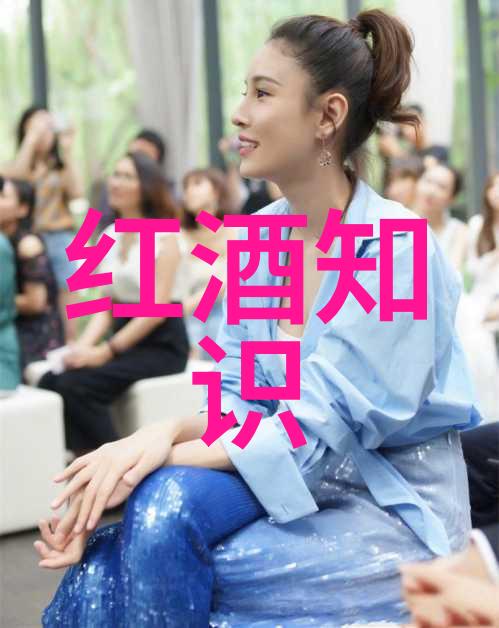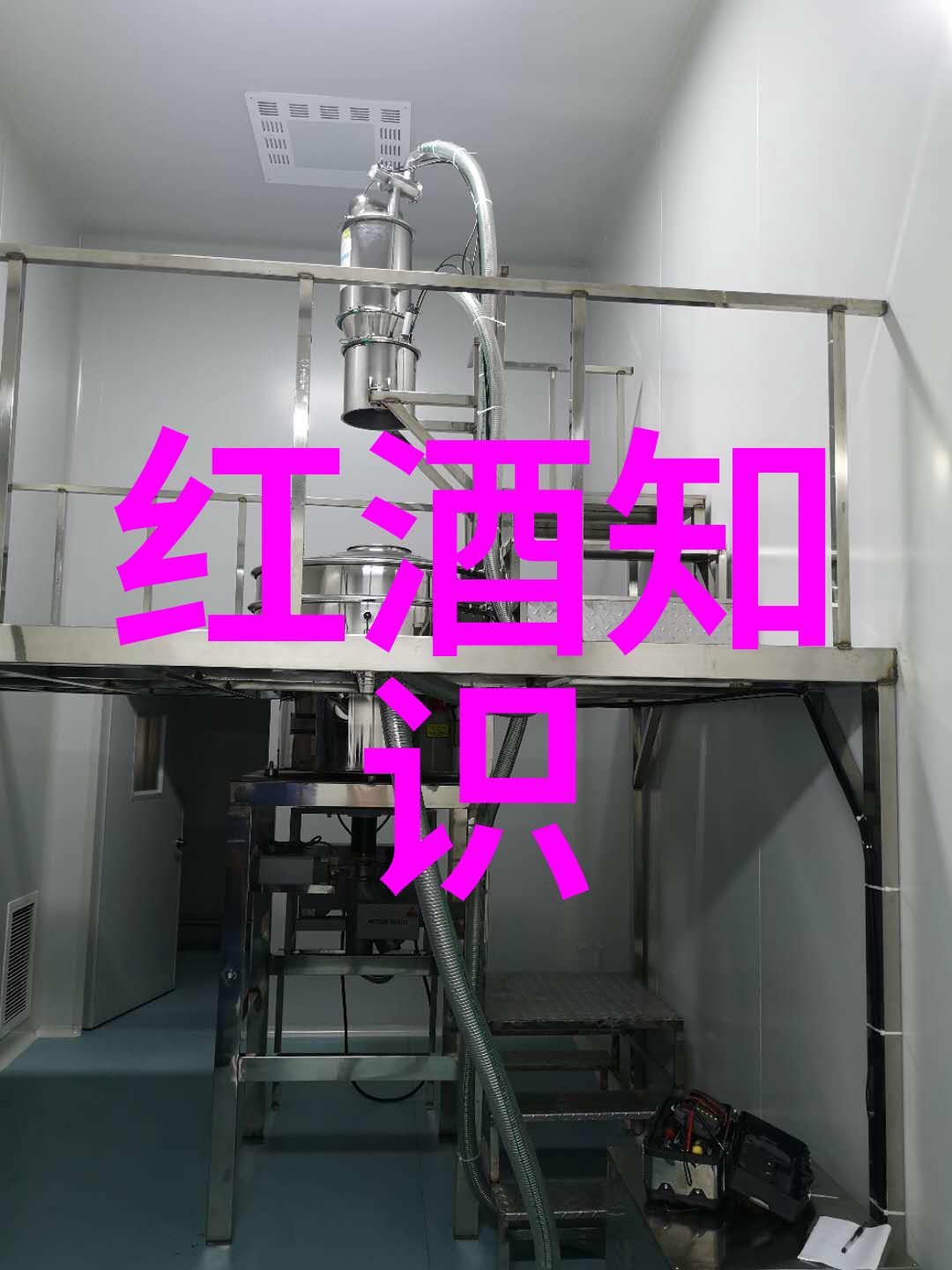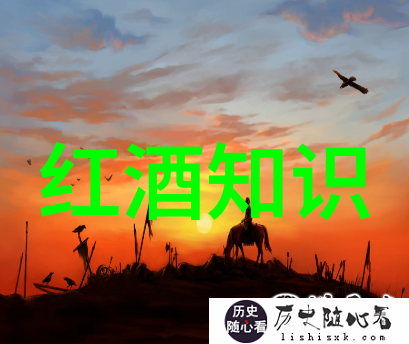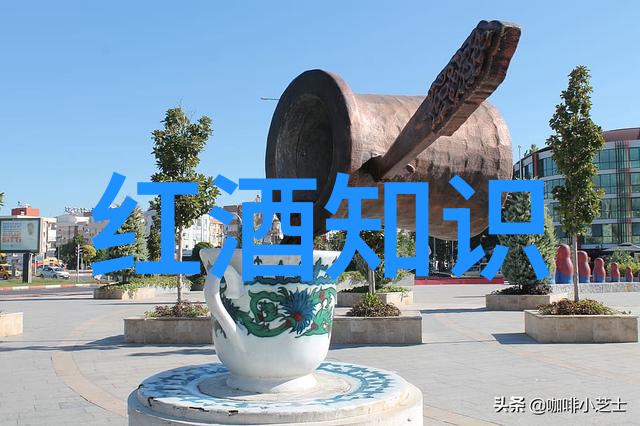我眼中的那些精致面值

在这个充满变数的世界里,有一种东西总是稳如磐石,那就是人民币。从小到大,我们都见惯了这些带着我们童年记忆的红色和绿色的纸片,它们不仅是我们日常生活中不可或缺的一部分,更是一种文化符号,一种艺术品。对于一些收藏家来说,人民币不再仅仅是用来交易,而是一种投资,甚至是一种艺术欣赏。
每当我翻看着那些精致的面值,我就仿佛穿越回那个年代。那时候的人民币设计简洁而优雅,每一张都是工艺与艺术的结晶。在我的眼中,那些简单却又独具韵味的图案,是中国传统文化和现代审美风格完美融合的产物。

比如说,1979年发行的一角钱那轻盈的手卷、1980年的五角钱上那悠然自得的小麦田,还有1992年的十元票子上的那壮丽山川,每一处细节都透露出一种对过去岁月深情怀念。它们不只是货币,更是我国经济发展历程中的见证者,是历史的一笔勾勒。
随着时间流转,新版人民币陆续推出,它们以更加先进的技术和更为生动的情景展现了中华民族多彩纷呈的人文景观。我最喜欢的是2005年发行的大额面值——50元、100元、500元和1000元。这批新版人民币采用了全新的安全特征,如水印、金属线条等,让人们在欣赏其时尚外观同时,也能感受到科技进步带来的便利。

然而,在这繁华之中,也有许多珍稀古老版本的人民币,它们因为其稀少性或特殊意义而成为收藏家的追求目标,比如1949年第一套银行券,这些银行券因其历史价值被视为珍贵财宝。而对于一些高级收藏家来说,即使是最近几年发行过期的大额面值也可能成为他们心仪之选,因为它们代表了一段特殊时代,与其他任何商品都不一样。
Peoples' money, as a kind of cultural symbol and artistic expression, is not only the medium of exchange but also a form of investment and art appreciation. The changes in currency design over the years reflect the development of Chinese society and culture, making them valuable collectibles for many enthusiasts.

As I look at these meticulously crafted denominations, I am transported back to those bygone eras. Each note is a testament to China's rich history and cultural heritage, bearing witness to its economic growth and technological advancements. Whether it's the vintage banknotes from 1949 or the modern designs with advanced security features introduced in recent years, each one holds a unique story that resonates with collectors worldwide.
For some people like me who appreciate these little pieces of paper beyond their monetary value, they represent more than just financial transactions; they are tangible links connecting us to our past while embracing our future. So if you're interested in collecting peoples' money as an investment or simply as an art form that tells stories about human experiences across time and space, then join this fascinating journey into the world of peoples' money!






